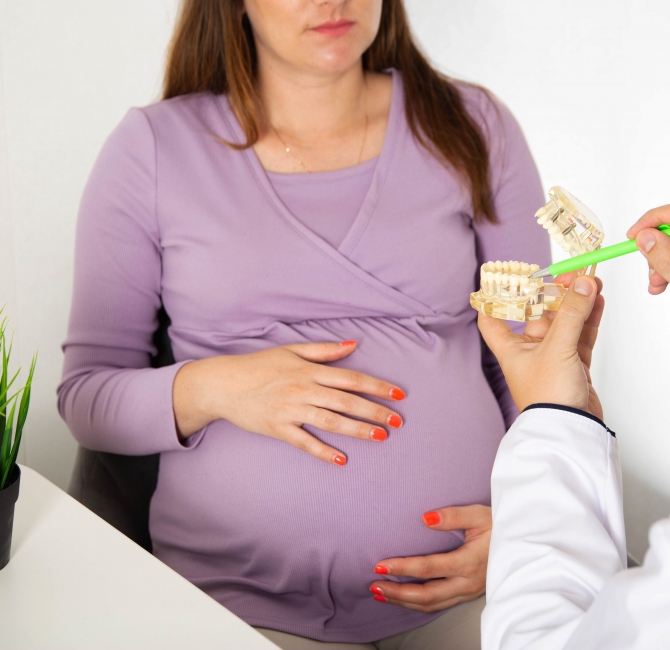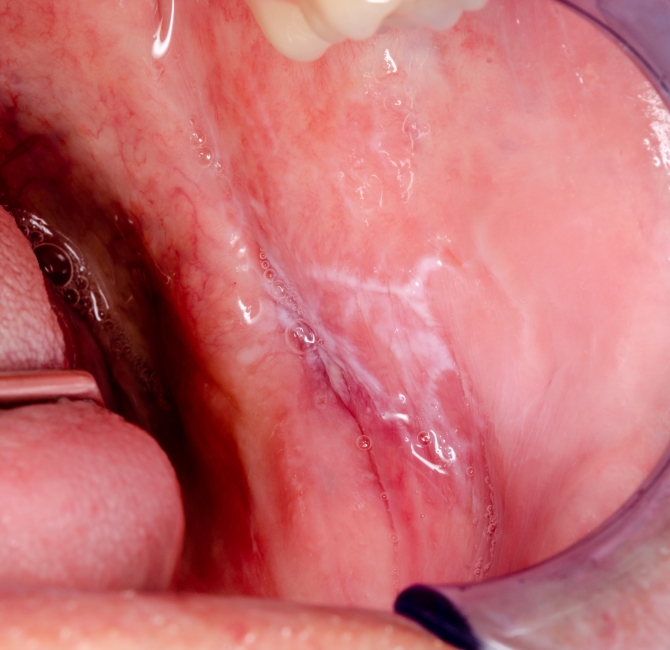Key messages
- Toothbrushing was associated with a significantly lower risk of hospital-acquired pneumonia, particularly in patients receiving invasive mechanical ventilation.
- Toothbrushing was also associated with a shorter duration of mechanical ventilation, shorter intensive care unit (ICU) length of stay, and reduced ICU mortality rate.
- Toothbrushing may be an inexpensive but effective way to help lower rates of hospital-acquired pneumonia.
Background
Hospital-acquired pneumonia (HAP) is the most common and morbid healthcare-associated infection, but limited data on effective prevention strategies are available. HAP affects approximately 1% of hospitalized patients and is associated with increased mortality, longer length of stay, and higher costs. HAP is mainly due to the aspiration of microflora from the oral microbiome, a complex ecosystem with an estimated 700 species of bacteria, fungi, viruses, and protozoa.
Despite the frequency and morbidity of HAP, little consensus exists on how best to prevent it. The use of chlorhexidine for oral care is controversial since it is not clear whether chlorhexidine prevents pneumonia, and some studies suggest a possible association with higher mortality rates.
Rigorous, regular toothbrushing is an alternative strategy to decrease microbial burden in the mouth without the potential risk associated with chlorhexidine use. Toothbrushing may be more effective than antiseptics at reducing microbial burden since mechanical scrubbing may better disrupt plaque biofilms compared with antiseptics. However, prevention guidelines have traditionally not emphasized toothbrushing, leading to a wide range of practises between hospitals.
Objective
To determine whether daily toothbrushing is associated with lower rates of HAP and other patient-relevant outcomes.
Methods
A systematic review and meta-analysis were conducted to ascertain the association between daily toothbrushing and hospital-acquired pneumonia. Secondary outcomes analyzed included hospital and ICU mortality, duration of mechanical ventilation, the length of stay in the hospital and ICU, and the use of antibiotics.
Various databases were searched for randomized clinical trials that compared the impact of regular oral care with toothbrushing versus oral care without toothbrushing on the incidence of hospital-acquired pneumonia and associated outcomes. A total of 15 randomized trials met inclusion criteria, including 10,742 patients. Effective population size was 2,786 after shrinking the population to account for one cluster randomized trial in non-ICU patients.
Findings This systematic review and meta-analysis of 15 randomized clinical trials with an effective population size of 2,786 patients found hospital-acquired pneumonia rates were lower among patients receiving daily toothbrushing, particularly patients receiving invasive mechanical ventilation. Toothbrushing was also associated with shorter duration of mechanical ventilation, shorter ICU length of stay, and lower ICU mortality, whereas hospital length of stay and use of antibiotics showed no differences.
Conclusions Results of this research suggest oral care with daily toothbrushing may be associated with significantly lower HAP rates, particularly in patients receiving mechanical ventilation, lower rates of ICU mortality, reduced duration of mechanical ventilation, and shorter ICU length of stay compared with routine oral care without toothbrushing. These findings emphasize the importance of developing policies and programs to encourage daily toothbrushing in hospitalized patients, particularly those receiving mechanical ventilation.



